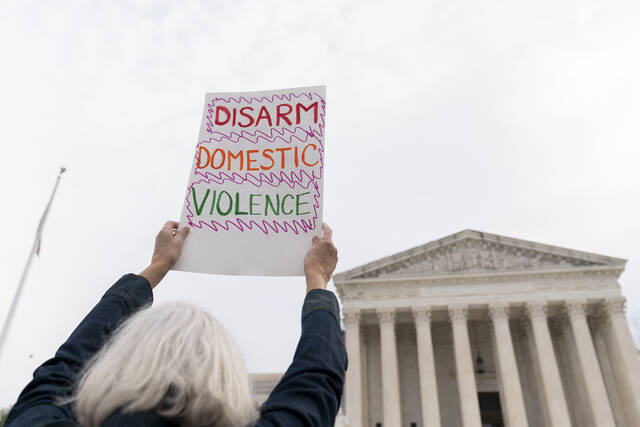Editorial: Why say intimate partner violence?
Share this post:
Sometimes the names of things have to change because they just don’t fit the information anymore.
The term “shell shock” was created during World War I to explain the symptoms of soldiers suffering from a constellation of symptoms suffered in the wake of battle. As more became known about the soldiers’ conditions, the term fell out of use.
Today, it is a fossil of a phrase used to describe a reaction; the condition is more often identified as post-traumatic stress disorder. The change makes sense as the problem is not caused by artillery as much as by traumatic events. It is often experienced by people whose stress never involved a battlefield.
Other names have changed in ways that might be blamed on political correctness but are more tied to growing understanding. One of those is about what happens when people are abused at home.
It used to be called wife-beating. That changed because wives weren’t the only victims. Children or the elderly could be targeted. So could husbands. As that became accepted, the preferred term became domestic abuse or domestic violence.
But today you may hear a different term — intimate partner violence. It’s something that can encompass a greater variety of relationships, including those of people who don’t live under one roof but are still closely connected. That’s important for younger couples.
According to the National Domestic Violence Hotline, 1 in 3 women and 1 in 4 men have experienced physical violence from a romantic partner. Half of all people have experienced “psychological aggression.” The highest numbers are for those 18 to 34.
But teens and tweens are right behind that. One in 10 high school students say they have experienced partner violence. Social media tampering and digital abuse and harassment are also prevalent.
The Alle-Kiski Health Foundation is talking to kids and parents about it. Last week, a “Teen Violence” program was presented at the HOPE Center. The same presentation has been made to students in A-K Valley schools.
While it can cut down on the number of local kids falling prey to intimate partner violence, it’s also a vaccine against the problem for later. If young people are exposed to warning signs, they could avoid being victims in those higher risk demographics down the road.
It’s a benefit of language changing perspective. When you say “wife-beating,” you look for a wife. Say “domestic abuse” and you look for a house. But intimate partner violence can open eyes to anyone involved in a relationship.


